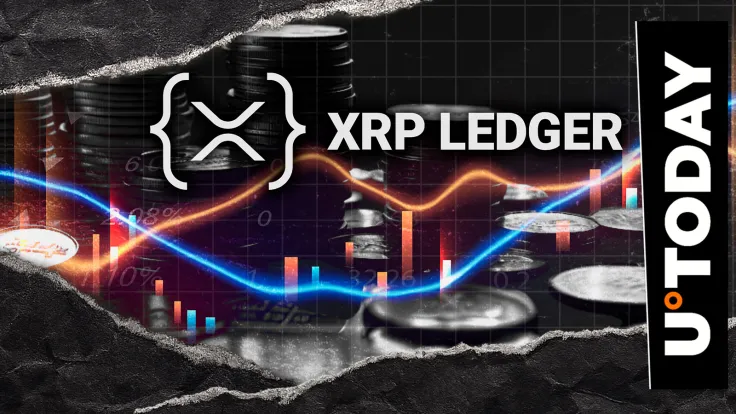Hsiao-Wei Wang, Co-Executive Director of the Ethereum Foundation: Large-scale adoption of Ethereum requires overcoming three major gaps: scalability, user experience, and trust.
PANews reported on October 22nd that at the ETHShanghai 2025 main forum, Hsiao-Wei Wang, Co-Executive Director of the Ethereum Foundation, delivered a speech titled "Mass Adoption of Ethereum: Bridging the Chasm." He stated that Ethereum's vision for mass adoption can be embodied in three key areas: first, self-control, allowing users to truly own their assets; second, global settlement capabilities, enabling value to transcend geographical boundaries, improving overall efficiency, and enabling global verification; and third, everyday utility, allowing blockchain and Ethereum to be naturally and smoothly integrated into people's daily lives, just like the internet, for example, in everyday money transfers.
She also pointed out that Ethereum faces three major challenges before it can bridge the chasm: high scalability and cost barriers, a user experience gap, and a trust gap. Regarding scalability, Ethereum's path is L1 ✖️ L2, with its core strategy being to achieve high throughput and low-cost transactions through L2 Rollups. Key upgrades include Dencun (EIP-4844), Pectra (Q1 2025), and Fusaka (Q4 2025). Regarding accounts and user experience, the concept of account abstraction has been proposed, and smart accounts have been introduced through proposals such as ERC-4337, EIP-7701, and EIP-7702. These transform user accounts into programmable contracts and support social recovery wallets, gas payment, and batch transactions. Regarding infrastructure development, the emphasis is on secure and stable mainchain infrastructure and the integration of finance into everyday life.
She also stated that Ethereum's future goal is to no longer be "seen," but to be silently relied upon and trusted, just like the internet. True mass adoption comes not from Ethereum's inherent size, but from its ubiquity, transparency, and reliability. When it exists as naturally as air, blockchain will truly realize its value.
You May Also Like

Cost Of ‘How To Train Your Dragon’ Soars To $213 Million

Bitcoin Price Prediction Markets Are Flashing A Signal
